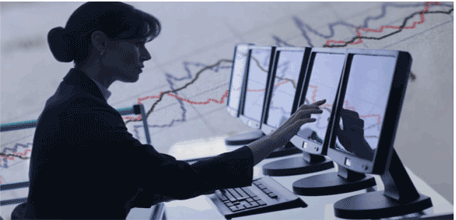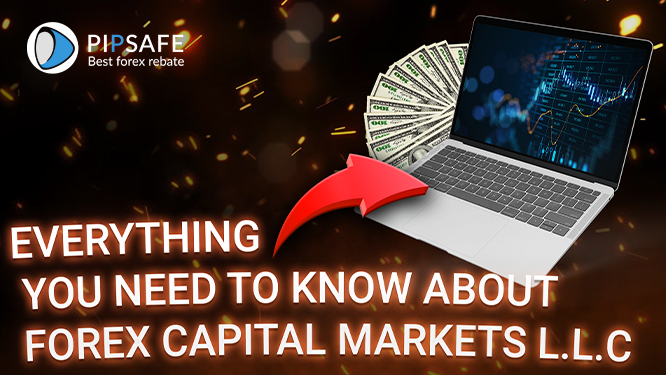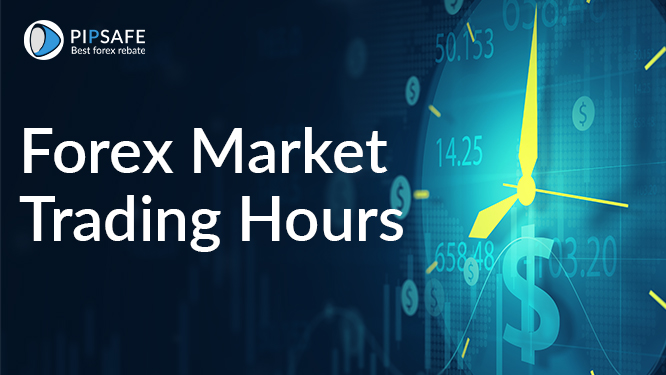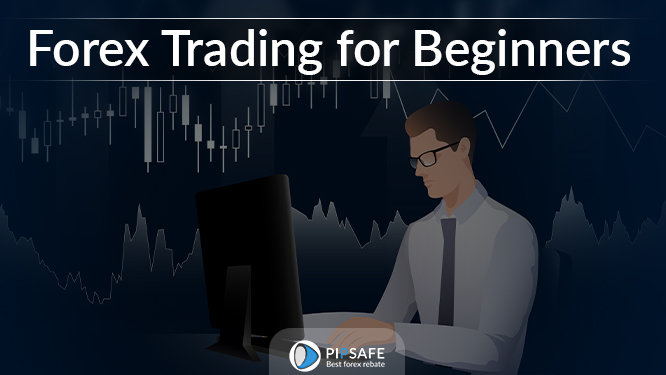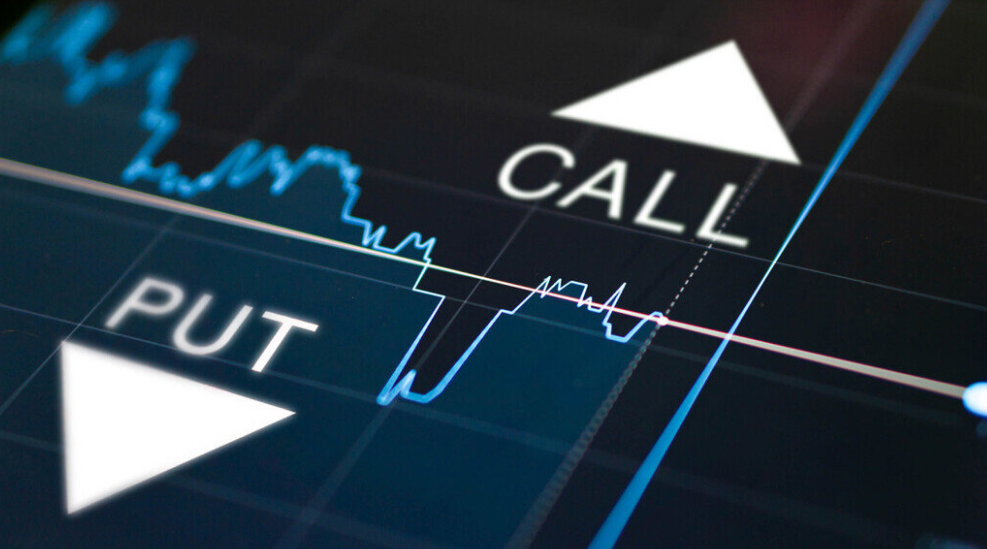OPENING THE GATES OF FOREX – You may have asked yourself why you are getting interested in the Forex market, what attracts you that much and why you have decided to start trading. Actually, there may be many reasons, but let us note that the most important one is the independence.The advancement of the Internet made the market available around the globe and thus possible for people to trade online.
The reason of the growing interest is the financial independence which is possible to gain through going deep into Forex and trading wisely. No matter you are a doctor, teacher, manager or a journalist, still you may be involved in this limitless market. Here you do not have to deal with any boss and bare someone’s appeal or anger; you are accountable only to your personality and thus are free to make your own decisions.Are you interested? Let us introduce you some important features about Forex market, which will help you in studying this interesting area and obtaining profit from it.
What?
For ordinary person not engaged in Forex trading, it is very easy to explain the definition of Forex with an example
of travelling to different countries. When arriving at one country, the first thing to do for a visitor is to exchange
the money of his/her country with the currency of the particular country. This process is itself participation
in Forex market- exchange one currency for another.
The term Forex stands for the Foreign Exchange and can be defined as an international currency market. Forex is
very unique in its essence because it is everywhere neglecting the factor of time zone and geography. In contrast
to other physical markets, where monopoly can exist, in Forex market despite the very different market participants, there is no any dominance, and the market remains out of any control.
A question may arise: what is exchanged on Forex? The answer may be quite surprising for you: absolutely “nothing”.All the instruments, including the most popular currencies are not physically exchanged on the foreign
exchange market. Market participants just conclude a bet among each other on the currency changes, leaving
a margin hundreds times less than the volumes of this betting, and later one participant pays another the sum
of the gain (such scheme is known as a margin trading).
The rate of the currency is always changing, fluctuates,and this happens because of different factors. Due to
these fluctuations it becomes possible to make a profit from speculative trades. Foreign Exchange is the World’s
largest and most active market. It operates every day except the weekends, and its volume reaches up to $5 trillion
a day and surely, the volume is different for various participants.
Who?
In general, the Forex market is comprised of four different groups. The most influential participants of the market are the major banks, bank associations (like HSBC, Citigroup, Barclays Capital, JP Morgan), and a few central banks, such as the European Central Bank, the Bank of England, and the Federal Reserve of the US. The whole bank community, dealing with currency exchange and credit operations, forms the inter-bank market.
The aim of such market players as central banks is not getting a profit, but adjusting the currency rates, and thus, the economy of their countries. Very often, central banks make deals not directly, but through major commercial banks, concealing their activities. In fact, it becomes obvious that the banks of this group are not ‘’just’’ making deals, but also suggest their own prices. Active participants of the market, as usual, make deals up to millions and milliards of USD and trade with their own, not borrowed money. In Forex, such participants, offering their own prices and making deals of almost unlimited volume, are called market makers.
The second layer belongs to the investment, insurance, pension funds, medium-sized banks and large corporations.
These market participants perform currency exchange operations for the investment purposes and for business deals, sometimes for long-term speculations. One of the largest investment funds in the world is ‘’Quantum’’ of George Soros. Funds can attract billions of dollars of borrowings and can withstand even the intervention of central banks in the foreign exchange market.
The third group of participants is the financial companies. In fact, they are the intermediates between the individuals and the market. These individuals, both physical and legal, form the fourth group of participants in the Forex market. In fact, financial companies have overcome the barrier of engagement into the Forex market for the individuals. In addition, Internet development made brokerage services available for everyone around the world.
When?
In general, the Forex market operates 24/5 (from Monday to Friday). However, 3 market sessions are distinguished: Asian, European and American sessions.
American (New York) opens at 8:00 am to 5:00 pm EST (EDT)
Asian (Tokyo) opens at 7:00 pm to 4:00 am EST (EDT)
European (London) opens at 3:00 am to 12:00 noon EST (EDT)
The most active session is the European, then American,and the least active is the Asian. Market participants had
better trade in times of high market activity, when trades on the major stock exchanges around the world take place and when there is a high probability of publication of interesting macroeconomic data – this information can be learned from the economic calendars in the websites of financial companies.
How?
You may have a question how to be involved in Forex market?The answer is quite simple: through brokerage firms!
Brokers are the ones who give an opportunity to small investors to initiate operations on the Forex market.For becoming a client of a broker, one needs to open an account and make a deposit. The deposit requirements
vary from broker to broker. For instance, IFC Markets requires a minimum of $1 per starting trading. For the purpose of increasing the client’s profits, every company establishes certain credit level, which is called leverage. The
deposited amount is multiplied with the leverage size, and the trader trades with greater lot, while losing only
the money he has invested on his/her own. Thus, it may be concluded that for trading with 100,000lot in case of
1:100 leverage, $1000 deposit is required.
LIQUIDITY: Forex market is different from the markets where people buy or sell products, property, etc. For instance, when selling an apartment, how many buyers can you find for only 1 second? Zero… How many of them
can you find during a day? –Maybe 3-4. In contrast, Forex market does not have such limits, as a trader may open
positions and make deals with the market maker only in 1 second. High liquidity is highly attractive point for every
investor because it enables the possibility to trade with any volume.
PROMPTNESS AND AVAILABILITY: As Forex market operates for 24 hours, the access is possible at any time in contrast to stock market, which is open only during trading hours, which surely may not be convenient for your
time zone. Forex traders do not need to wait to react on an unexpected event as it happens in other markets. 24
hours operation lets traders trade whenever they like: after work, at nights, during their leisure time, etc. For
trading one needs just to have a laptop or a mobile and Internet connection. Take into consideration that at the weekends Forex market is closed, thus hurry up to manage your trading until Friday night.
COSTS: The client sells the traded currency with the Bid price and buys with the Ask price. The difference between them is called Spread. Surely, this spread is different depending on the currency pair and the clients prefer low spread, because, in fact, it affects the results of trading. The spread is greater for those currencies that are traded less frequently, thus the spreads of major currencies is quite low. IFC Markets offers low and fixed spreads to its clients.
LEVERAGE: All traders have an opportunity to trade with greater volume due to the leverage which is provided by
the broker. More precisely saying, it is the availability to make profit from a large position in the market for a small
cost, known as margin. Different companies provide different leverage sizes. For instance, IFC Markets suggests
up to 1:400 leverage. There are some leverage limitations depending on the account types and the volume of the
deals.
Currencies: Prices and the Pips
The main object of trading in the Foreign Exchange is the currency. Currencies are written in Latin symbols (ISO codes),which have become a traditional international practice.These codes have only 3 characters: the first two characters stand for the country name and the last character stands for the currency name.
In Forex market all the currencies are priced (quoted) and traded in pairs (like EUR/USD, GBP/USD), because in trading one needs to sell one currency for buying another, or vice versa. The first currency is known to be the base currency, whereas the second one is the quote currency. In the notation it is possible to write without a separating sign “/”.
When a trader has bought a currency pair (bought a certain volume of base currency and paid for it with the quoted
currency), this is called “open a BUY position.” When, in the future, a trader will sell back the same currency pair (will sell the same volume of base currency and get for it the quoted currency), this is called “close a BUY position.” Similarly, when a trader sold a currency pair (sold a certain volume of base currency and paid for it with the quoted currency) – it is called “open a SELL position”, and when a trader bought the same currency pair (bought the same volume of the base currency and paid for it with the quoted currency) – it is called “close a SELL position.” Note that the trader does not have to worry about where to take the base currency for opening a SELL position or opening the quoted currency for the BUY position – these currencies are given temporarily by the company, in which the trader opened a trading account.
When opening a BUY position, the trader makes his/her decision based on the exchange rate (currency price), which
provides information about the number of required units of the quote currency to BUY one unit of base currency. In SELL position, as well, the decision is based on the exchange rate, which shows how many units of the quote currency you will get when selling one unit of base currency. Certainly you buy a pair when you predict it will appreciate and sell it, when you think that it will depreciate. In most currency pairs the quoted currency is USD (U.S. dollar). For example, in the EURUSD pair the base currency is EUR, and the quoted one- USD. But there are a few exceptions, where the base currency is the USD – for example, USDCHF (U.S. dollar / Swiss franc).
The cost of the base currency is measured by the quoted currency with certain accuracy. This accuracy or the minimum increment value of the currency price change is called a pip.For example, the cost of most currency pairs is given with an accuracy of 0.0001. But there are exceptions – these are the pairs with Yen, ie. pairs in which the quoted currency is the Japanese Yen (JPY), for example, GBPJPY (British pound / Japanese yen). 1 point in the Yen pairs equals to 0.01. It should also be noted that now in many trading terminals the value of currencies is increased by one more point (5 digits for most pairs, and 3 digits after the coma for the Yen pairs).
Types of Currencies: Major, Minor and Commodity
The list of Major Currencies includes all those currencies that are most actively traded in the market.
USD American Dollar
EUR International European Currency — Euro
AUD Aussie, Australian Dollar
CAD Canadian Dollar
GBP British Pound Sterling
CHF SWF — Swissie, Swiss Frank
JPY YEN Japanese Yen
The rest currencies are considered to be the Minor Currencies.And, finally the Commodity currencies are of those countries, the internal trading of which is based on the export of raw materials-oil, gas, metals, etc. Actually, there is a quite large range of such currencies, but the most important ones are Australian dollar, Canadian dollar and the New Zealand dollar.There is also a classification of currency pairs by the USD presence in them.
The major currency pairs are those in which there is the U.S. dollar (as a base or as the quoted currency).Currency pairs having USD neither in base nor in quote currency are called cross pairs. The beginners had better trade with the major currencies, and the experienced traders deal with cross pairs, as for effective trading with them it is required to have good economic knowledge of different countries. Here are some examples of cross pairs: GBP/JPY, EUR/JPY and GBP/EUR.
To read More Please Download The book.
Source: IFC Markets Broker -Review and Forex Rebates
British pound / Japanese yen, currency changes, EUR/USD, EUR/USD pair, foreign exchange, Foreign exchange market, Forex, forex bonus without deposit, Forex Broker, forex broker bonus, forex learn, forex learning, forex learning pdf, Forex Market, Forex market operates, Forex Trading, forex tutorials for beginners pdf, GBP/USD, how to trade forex for beginners pdf, IFC Markets, learning forex trading pdf, OPENING THE GATES OF FOREX, U.S. dollar / Swiss franc
Similar Videos and E-books
LEAVE A COMMENT
All Books
For Beginners
- Candlesticks For Support And Resistance
- Online Trading Courses
- Commodity Futures Trading for Beginners
- Hidden Divergence
- Peaks and Troughs
- Reverse Divergences And Momentum
- Strategy:10
- The NYSE Tick Index And Candlesticks
- Trend Determination
- The Original Turtle Trading Rules
- Introduction to Forex
- The Six Forces of Forex
- Study Book for Successful Foreign Exchange Dealing
- Forex. On-Line Manual for Successful Trading
- 18 Trading Champions Share Their Keys to Top Trading Profits
- The Way to Trade Forex
- The Truth About Fibonacci Trading
- Quick Guide to Forex Trading
- Chart Patterns and Technical Indicators
- Forex Trading
- Trading Forex: What Investors Need to Know
- My Dog Ate My Forex
- Point & Figure for Forex
Forex Market in General
- Screen Information, Trader Activity, and Bid-Ask Spreads in a Limit Order Market
- Strategic experimentation in a dealership market
- Limit Orders, Depth, and Volatility
- Reminiscences of a Stock Operator
- Market Profile Basics
- Quote Setting and Price Formation in an Order Driven Market
- Phantom of the Pits
- An Introduction to Market Profile and a Users Guide to Capital Flow Software
- The Effect of Tick Size on Volatility, Trader Behavior, and Market Quality
- Trading as a Business
- What Moves the Currency Market?
- Macroeconomic Implications of the Beliefs and Behavior of Foreign Exchange Traders
- All About the Foreign Exchange Market in the United States
Psychology of Trading
- A Course in Miracles
- Thoughts on Trading
- Calming The Mind So That Body Can Perform
- Lifestyles of the Rich and Pipped
- The Miracle of Discipline
- Zoom in on Personal Trading Behavior And Profit from It
- The Woodchuck and the Possum
- 25 Rules Of Forex Trading Discipline
- Stop Losses Are For Sissies
- Your Personality and Successful Trading
- Trading as a Business
- The 7 Deadly Sins of Forex (and How to Avoid Them)
- The 5 Steps to Becoming a Trader
Money Management
- Risk Control and Money Management
- Money Management
- Position-sizing Effects on Trader Performance: An experimental analysis
- Fine-Tuning Your Money Management System
- Money Management: Controlling Risk and Capturing Profits
- Money Management Strategies for Serious Traders
- The Truth About Money Management
- Money Management and Risk Management
Forex Strategy
- 1-2-3 System
- Bollinger Bandit Trading Strategy
- Value Area
- The Dynamic Breakout II Strategy
- Ghost Trader Trading Strategy
- King Keltner Trading Strategy
- Scalp Trading Methods
- LSS - An Introduction to the 3-Day Cycle Method
- Market Turns And Continuation Moves With The Tick Index
- The Money Manager Trading Strategy
- Picking Tops And Bottoms With The Tick Index
- The Super Combo Day Trading Strategy
- The Eleven Elliott Wave Patterns
- The Thermostat Trading Strategy
- Intraday trading with the TICK
- Traders Trick Entry
- Fibonacci Trader Journal
- Rapid Forex
- Microtrading the 1 Minute Chart
- BunnyGirl Forex Trading Strategy Rules and FAQ
- The Daily Fozzy Method
- Forex Traders Cheat Sheet
- Offset Trading
- How to Trade Both Trend and Range Markets by Single Strategy?
- A Practical Guide to Technical Indicators; Moving Averages
- FX Wizard
- FX Destroyer
- A Practical Guide to Swing Trading
- Practical Fibonacci Methods for Forex Trading
- Using The Heikin-Ashi Technique
- The Day Trade Forex System
- 5/13/62
- Not So Squeezy Trading Manual
- KobasFX Strategy
- Killer Patterns
- 3D Trading
- 4 Hour MACD Forex Strategy
- WRB Analysis Tutorial
Advanced Forex Trading
- A New Interpretation of Information Rate
- CCI Manual
- Nicktrader and Jeff Explaining Reverse and Regular Divers
- NickTrader on No Price CCI Divergence Trading
- Are Supply and Demand Driving Stock Prices?
- The Sharpe Ratio
- The Interaction Between the Frequency of Market Quotes, Spread and Volatility in Forex
- Trend Determination
- Trend vs. No Trend
- A Six-Part Study Guide to Market Profile
- How George Soros Knows What He Knows
- Core Point and Figure Chart Patterns
- Coders Guru Full Course
- Point and Figure Charting: a Computational Methodology and Trading Rule Performance in the S&P 500 Futures Market
- Evolving Chart Pattern Sensitive Neural Network Based Forex Trading Agents
- Heisenberg Uncertainty Principle and Economic Analogues of Basic Physical Quantities
- The String Prediction Models as an Invariants of Time Series in Forex Market
- Using Recurrent Neural Networks to Forecasting of Forex
- The New Elliott Wave Rule - Achieve Definitive Wave Counts

